An exclusive butterfly watching tour in Estonia
Take part in a butterfly watching tour that introduces Estonian butterfly species.
In addition to the butterflies, the trip is spiced up by the following:
- picking bilberries in the forest
- mushrooms in the forest
- enjoying homegrown meals with local farmers and barbecues in the wild
- sandy, greathtaking, untouched beaches
- several rare birds and plant species
- In addition to butterflies, you will also have a chance of seeing odonates
Estonia is situated in quite a curious place on the map. Species of animals travel here both from the east and south, but they often halt at the western or northern border, since they cannot go over the sea to Finland or Sweden. For instance, the population and range of the Clouded Apollo have increased in the past few years, which is an exceptional phenomenon in the entire Europe.
Estonian nature offers an abundance of insects, dragonflies, butterflies and all this you will find on marvellous landscape. A number of marsh communities cover about one tenth of Estonia and, in the world, we are at the forefront with our protected marshes. As agricultural activities are intense in the densely populated Europe, almost all marshes have been destroyed and nature conservationists are trying to renew these. About half of Estonia is covered in forests and here you will find more coastal meadows, alvars and woodlands than in any other European country. Here is located also one of the largest meadows in Europe – Kasari meadow of 4,000 hectares. Many of the abovementioned habitats are vitally important for rare butterfly and dragonfly species.
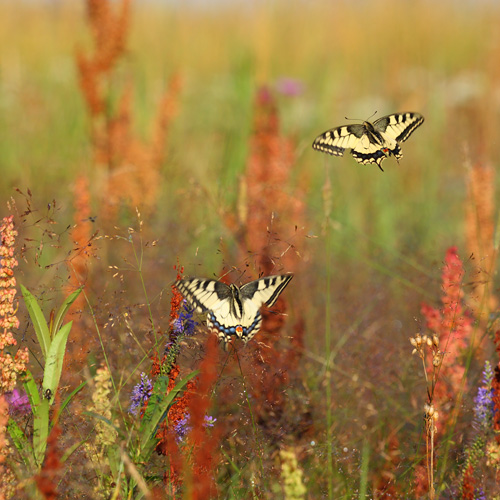 We may see the following day-flying butterflies: Old World Swallowtail – Papilio machaon, Large White – Pieris brassicae, Small White -Pieris rapae, Cranberry Blue – Vacciniina optilete, Green-veined White – Pieris napi, Common Brimstone – Gonepteryx rhamni, Amanda´s Blue – Polyommatus amandus, Woodland Brown – Lopinga achine, Chestnut Heath – Coenonympha glycerion, Wood White – Leptidea sinapis, Arran Brown – Erebia ligea, Grayling – Hipparchia semele and others, Purple Emperor – Apatura iris, Lesser Purple Emperor -Apatura ilia, White Admiral – Limenitis camilla, Red Admiral- Vanessa atlanta, Small Tortoiseshell – Aglais urticae, and other Nymphalidae, Lucaenidae and other butterflies. At night, we may see owlet moths, inchworms, Arctiidae, spinner moths, etc. In total, we will see about 60 different species of butterflies.
We may see the following day-flying butterflies: Old World Swallowtail – Papilio machaon, Large White – Pieris brassicae, Small White -Pieris rapae, Cranberry Blue – Vacciniina optilete, Green-veined White – Pieris napi, Common Brimstone – Gonepteryx rhamni, Amanda´s Blue – Polyommatus amandus, Woodland Brown – Lopinga achine, Chestnut Heath – Coenonympha glycerion, Wood White – Leptidea sinapis, Arran Brown – Erebia ligea, Grayling – Hipparchia semele and others, Purple Emperor – Apatura iris, Lesser Purple Emperor -Apatura ilia, White Admiral – Limenitis camilla, Red Admiral- Vanessa atlanta, Small Tortoiseshell – Aglais urticae, and other Nymphalidae, Lucaenidae and other butterflies. At night, we may see owlet moths, inchworms, Arctiidae, spinner moths, etc. In total, we will see about 60 different species of butterflies.
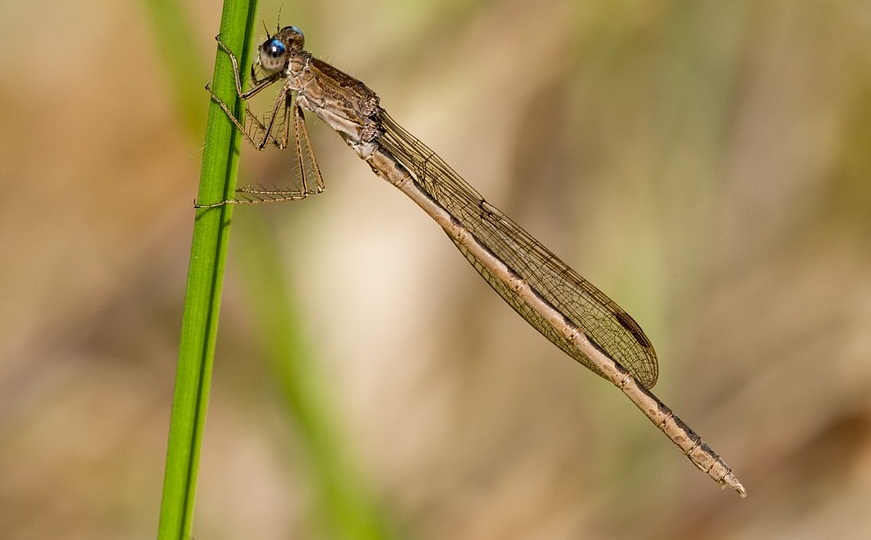
We may see the following dragonflies: Beautiful Demoiselle, Small Spreadwing, Common Spreadwing, Siberian Winter Damsel, Common Bluet, Moorland (Common) Hawker, Blue (Southern) Hawker, Brown Hawker, Migrant Hawker, Baltic Hawker, Yellow-spotted Emerald, Four-spotted Chaser Black-tailed Skimmer, Black Darter, Yellow-winged Darter, Ruddy Darter, Common Darter, Moustached (Vagrant) Darter, etc.
In addition to butterflies, we will see several species of birds. For example, Black Grouse, Common Crane, Dunlin, Common & Arctic Terns, Barred Warbler, Red-backed Shrike, Corncrakes, Bitterns, Marsh Harriers, White-tailed Eagles, Common Scoters, Arctic Skuas Cranes and Black Storks, Black, Grey-headed, and Green Woodpeckers.
Although our butterfly watching tour does not focus on different species of mammals, we could see the following: moose, roe, red deer, fox, wolf, pine marten, rabbit, lynx, wild boar and beaver.
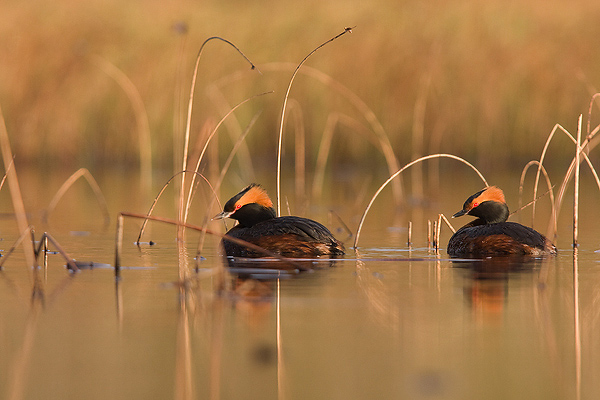
You will have a chance to see the following plants: Sawtooth Sedge, Dyer’s Woodruff, Dwarf Thistle, Southern Sweet-Grass, Fly Orchid, Saw-Wort, Tofieldia, Tufted Bulrush, Northern Dragonhead, Eastern Pasque-flower, Yellow Marsh Saxifrage, Leatherleaf, Hare Tail’s Cottongrass, Jacob’s Ladder, and Seseli. In midsummer, we can see the following members of the orchid family in full bloom: Lady Slippers, Twayblade, Common Spotted-orchid, Marsh Helleborine, Lesser Butterfly-orchid, Creeping Lady’s Tresses, Moorland Spotted Orchid, Marsh Orchid, Fragrant Orchid, Bird’ Nest Orchid, Broadleaf Helleborine, Dark Red Helleborine, Greater Butterfly Orchid, White Adder’s Mouth, Early Marsh Orchid subspecies Dactylorhiza incarnata subsp. cruenta, Dactylorhiza russowii, Fen Orchid, Meadow Saxifrage, Early Coralroot, Burnt Orchid, Military Orchid, Common Moonwort, Carline Thistle, and Fleawort. We will see several species of orchid which do not bloom at the time, but can be found.
Dates
June,July, August
Cost
All cost will be paid when arriving to Estonia. For exact cost please contact by email.
Focus
Primarily butterflies; but also birds and other natural history
Grading
Easy, this holiday will involve regular but gentle countryside walks over relatively easy terrain
Food & accommodation
We give examples and You can decide which one you would like. You will pay directly to the accommodations and restaurants.
Climate: Our climate is temperate. Estonia on the coast of the Baltic Sea is on the same latitude as central Sweden and the northernmost point of Scotland.
Leader
Lepidopterologists
Group size
We prefer small groups, but we will not turn down bigger groups if the size is agreed beforehand.
Itinerary
Day 1 – Tallinn
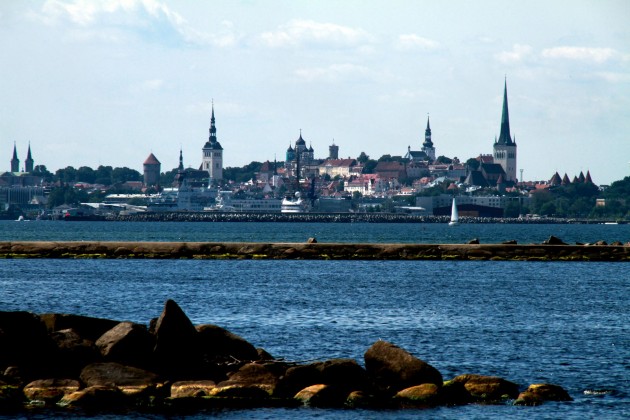
Our guide will meet you at Tallinn Airport. Then we will take our luggage to My City Hotel, which is located in the Old Town of Tallinn. Before dinner we will take a tour in the Old Town, which is a must when visiting Estonia. The medieval Old Town of Tallinn, the best preserved old town in northern Europe, is a UNESCO World Heritage Site. After this, we will show you the largest private collection of butterflies in Estonia. This is a unique opportunity only we can offer.
Day 2: from Tallinn to the Kõrvemaa landscape reserve and Lahemaa National Park
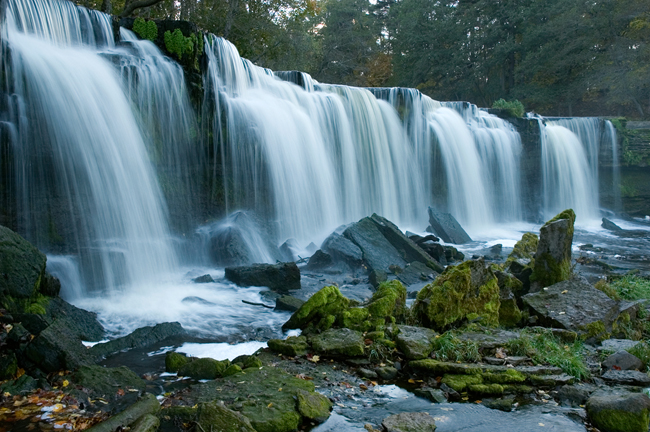
In the early morning, we will begin with our butterfly watching tour in the captivating Kõrvemaa. Before focusing our full attention on butterflies, we will make a stop at the Jägala Waterfall, which is Estonia’s highest natural waterfall. Being more than 50 metres across, the water drops eight meters onto a limestone “bowl” eroded over thousands of years.

Kõrvemaa presents wonderful opportunities of meeting with several members of the insect class. On an area just a few kilometres in diameter, almost all biotopes ranging from fens to Boreal heath forests are represented. The insect population could be said to be diverse to the same extent. Eskers, kames, small drumlins, terminal moraine, broad-crested eskers, and all manner of other hillocks and uplands together with their valleys and hollows are of interest to both researchers and hikers. Kõrvemaa is a plant-geographical province of Central Europe, where there are species that possess either a maritime adaptation or an adaptation to land. The region is rich in the habitats of rare plants (in the past few years, 23 species of orchids have been found here).
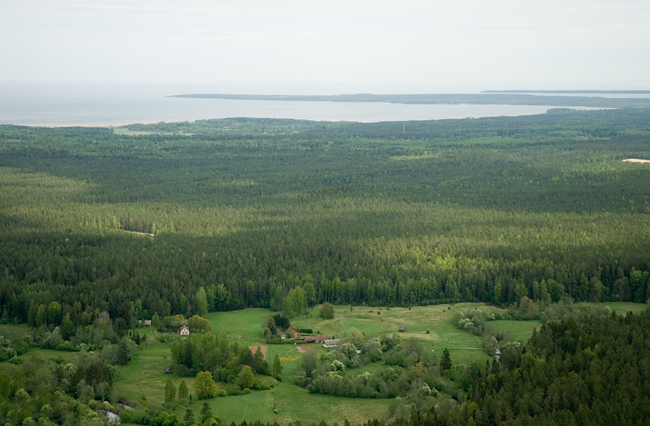
Without leaving Kõrvemaa, we will enjoy a lunch accented by Estonian traditions and made of local produce at the farm museum where the famous Estonian writer Anton Hansen Tammsaare used to live.
Since there is plenty to discover at Kõrvemaa, we will continue our butterfly watching tour after lunch in this region. Northern Kõrvemaa is a veritable outdoors museum of post-Ice Age landforms. At the end of the Ice Age, more than 12.000 years ago, the edge of a continental glacier that had been shifting like an enormous steam roller over the territory of what is now Estonia, made a longer stop over Kõrvemaa. The ice was approximately a hundred meters deep at that time, marked with ridges, as well as full of stones, sand and moraine it had swept away over the long journey. It was also melting erratically. As a result, there are over 30 lakes on a territory of a hundred square kilometres. Our butterfly watching tour will take place in the midst of these exceptional lakes.
The overall territory of Kõrvemaa, 3130 km2, also envelops rare karst landscapes. In these areas, rivers flow both underground and above ground, and the region presents exciting opportunities for exploring cave systems in drought periods.
Forest and mire massifs, as well as the low density of human population allow a many-specied and distinctive fauna to flourish. In addition to the usual animal species, there are bears, lynxes, black storks, and several species of eagles, as well as quite many black grouse leks in the area. The European mink is not entirely gone from Kõrvemaa either. If we are in luck, we might be able to see them.
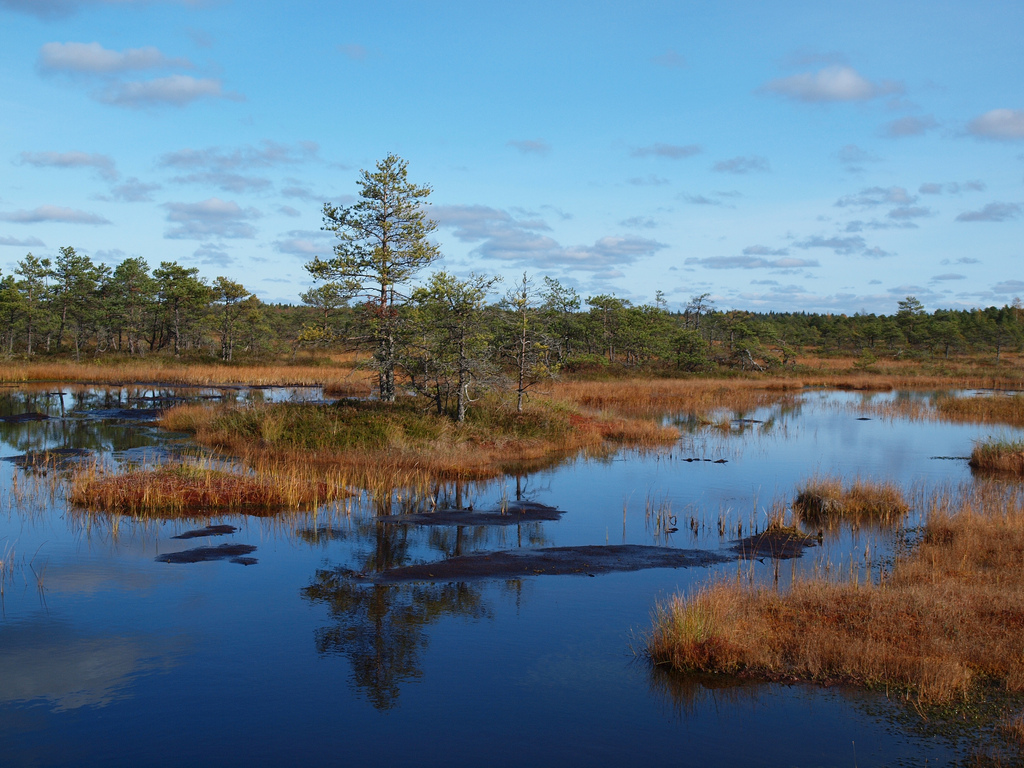
They say that once one has succumbed to the charm of Kõrvemaa, one will keep returning to it.
If you have never spent a night in a manor house before, you will now get the chance, since in the evening we will go to lodging situated on the premises of a manor. Our first nocturnal catching is organised near the lodging.
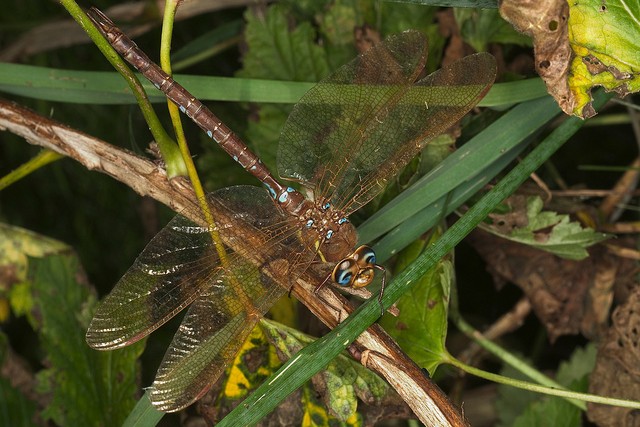
The place of accommodation has a Green Key label. Green Key is an international eco-label for tourist establishments. The enterprises that have joined the Green Key programme care about the surrounding environment, wish to reduce the environmental impact arising from their activities, and receive acknowledgment for doing so. The programme has been implemented in Denmark, Sweden, France, Greenland, Lithuania, and Estonia. The Green Key was established in Denmark in 1994. The summer of 2004 was the first time that Estonian hotels were awarded with Green Key diplomas.
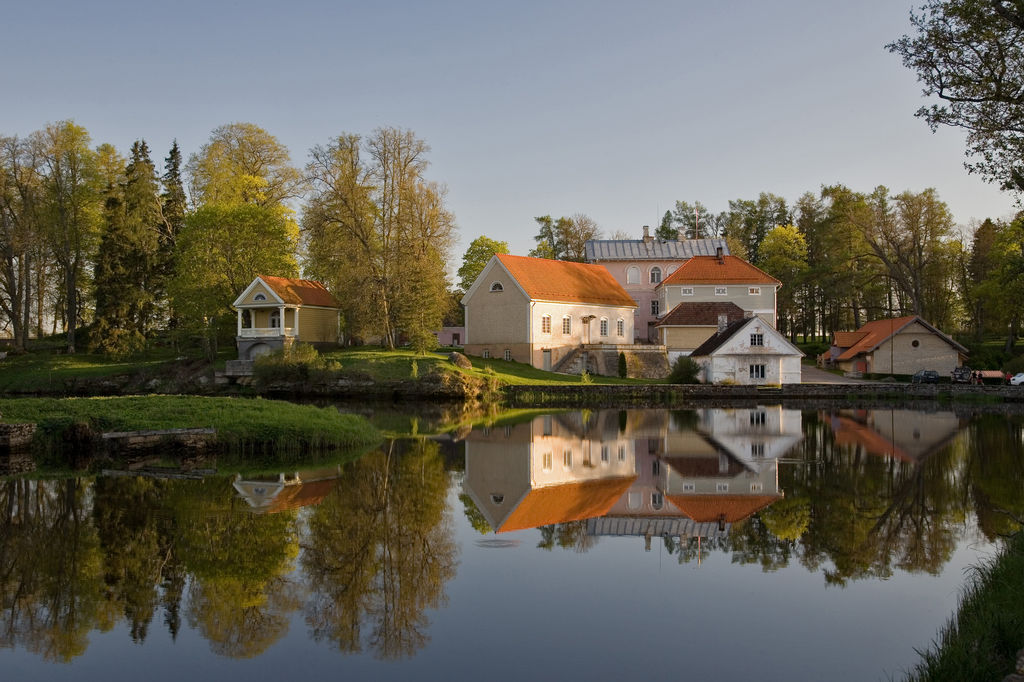
Day 3: Lahemaa National Park
Since the first nocturnal catching was last night, we will begin the day somewhat later so that you could still get your rest. Our purpose is to ensure that you will not have to rest from the vacation!
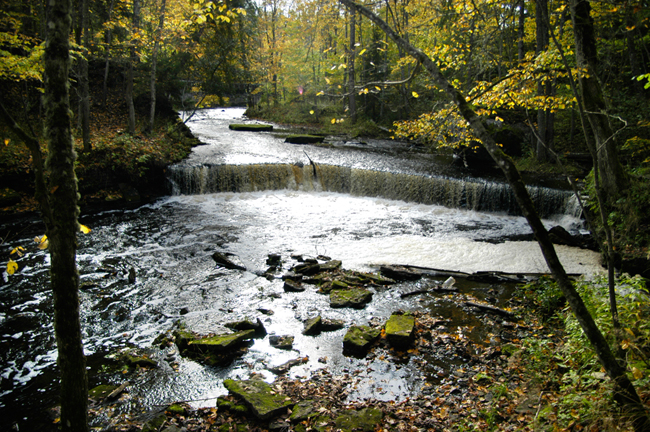
Let us begin our trip to Lahemaa, where innumerable butterflies, flies, bumblebees, and bees fly around in the copiously blooming, densely vegetated coastal meadows.
Many odonates also consider the coast their home, especially the Black-tailed Skimmer, who can be found by the hundreds, flitting about in some suitable bay. Similarly, larger species of dragonflies can be encountered by the seaside – Southern Hawker, Brown Hawker, and Common Hawker – most of them have lived in inland water bodies as nymphs, but travelled to the coast in search for food. In places sheltered from the sea winds, one can find also find Narrow-winged Damselflies, Downy Emeralds, and Darters.
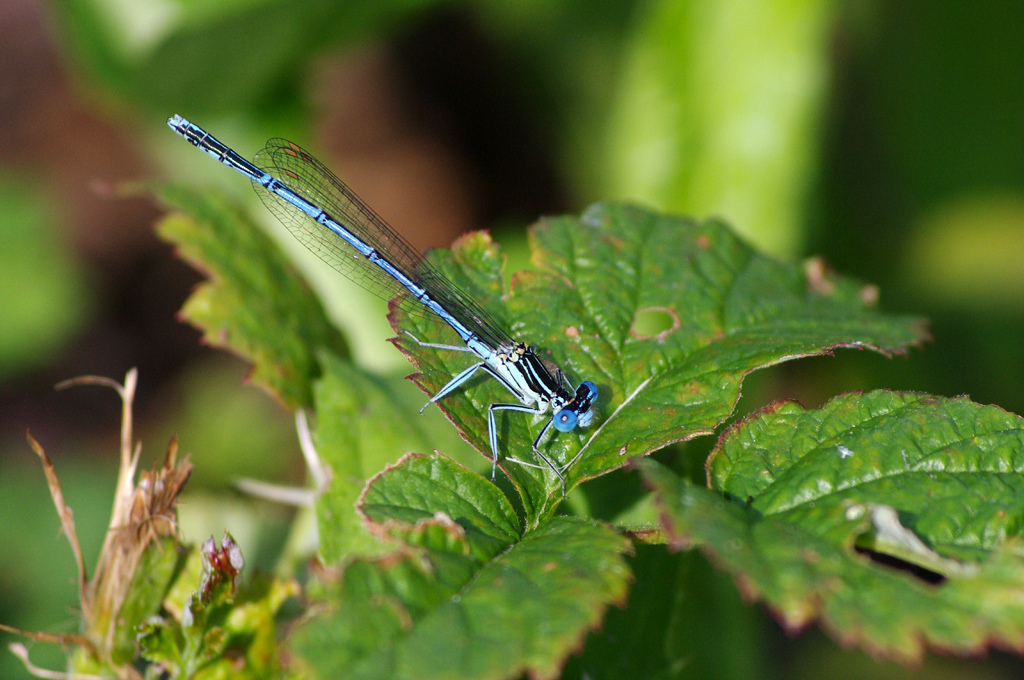
Different sources have mentioned altogether 36 species of odonates in the area, eight of them are in the list of internationally protected species. There are known to be 68 species of lepidopterans in Lahemaa (113 in Estonia); most of them are common and widespread throughout Estonia. There are approximately 10 species of bush-crickets and grasshoppers in the area. Coastal dunes and other sandy places are suitable habitats for many species of ants and the larvae of antlions, who feed on them. The only net-winged insect belonging to the list of endangered species of Estonia – Myrmeleon bore – was found in Lahemaa.
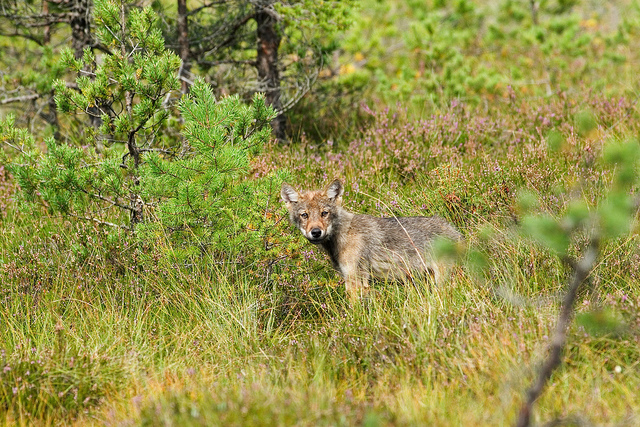
The various biotic communities in forests, meadows and mires, the sea and inner water bodies are the habitats of many species, including rare, endangered and protected ones. Throughout history, 222 bird species have been recorded in the Lahemaa National Park – this makes it a highly exemplary bird protection reserve. There are known to be 50 species from eight orders of mammals in the Lahemaa National Park. The reserve is also the habitat of an invertebrate very rare in Estonia, i.e. the Freshwater pearl mussel. There is no estimation on the number of fungi and vascular plant species, but researchers have found 44 protected plant species, and ten protected fungi species.
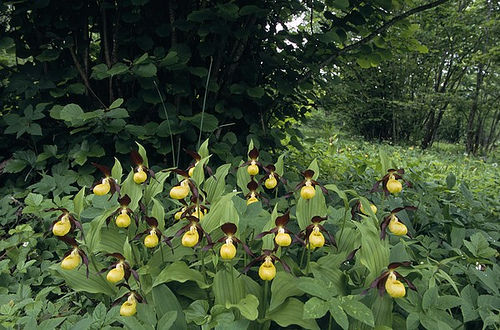
Those who are interested can also go mushroom hunting. Throughout history, 307 species of mosses and 398 species of lichen have been recorded in the area, of which 12 and 21 respectively are under protection. There are approximately 900 different plants in Lahemaa. Both the coastal areas and the forests are little influenced by human activity, because the area used to be a closed border zone during the Soviet period. Traces of the old military constructions can still be found in the National park.
Lahemaa is one of the most important forest reserves in Europe, where many large mammals have their habitats. The great mires and forests south from Kõrvemaa also provide additional space for moose, wild boars, bears, lynxes, and foxes. It is possible to view the activities of beavers on the beaver trail in the picturesque valley between Oandu and Altja. The Ural Owl and Black Woodpecker are usual inhabitants of Lahemaa, while flocks of Common Crane gather to feed on the fields in the vicinity of Sagadi in the autumn.
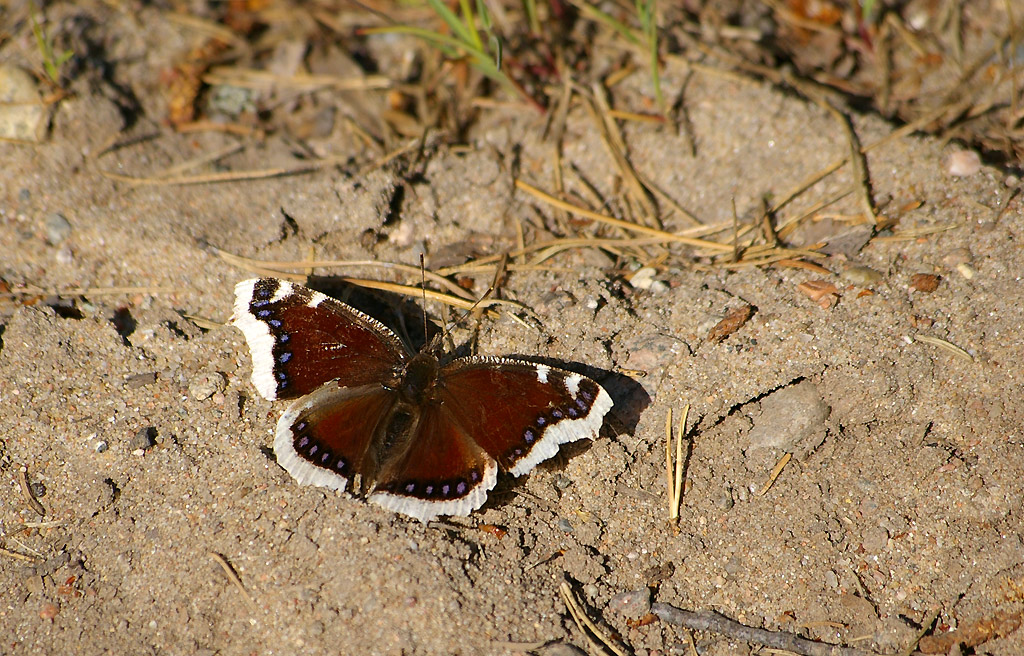
Nowadays, one can find historical villages on the klint line that crosses through Lahemaa, just as 4000 years ago. Alvars, which are common only in Estonia and Sweden, can be found on the klint – in the spring, snowdrop anemones bloom there. Below the klint, however, there are rare cliff forests, habitats of Perennial Honesty.
Pine forests are widespread in Lahemaa and shipbuilding used to be held in high esteem. In the olden times, there were ships built of the pines of Lahemaa sailing all of the high seas. Four large historical estates are also situated within the boundaries of Lahemaa.
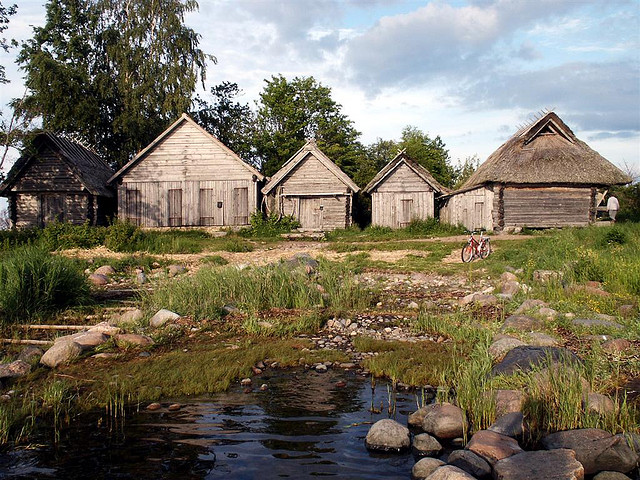
In the evening, we will set out on our second nocturnal butterfly-catching. Those who do not wish to take part in it are offered the alternative of enjoying the spa services at the manor.
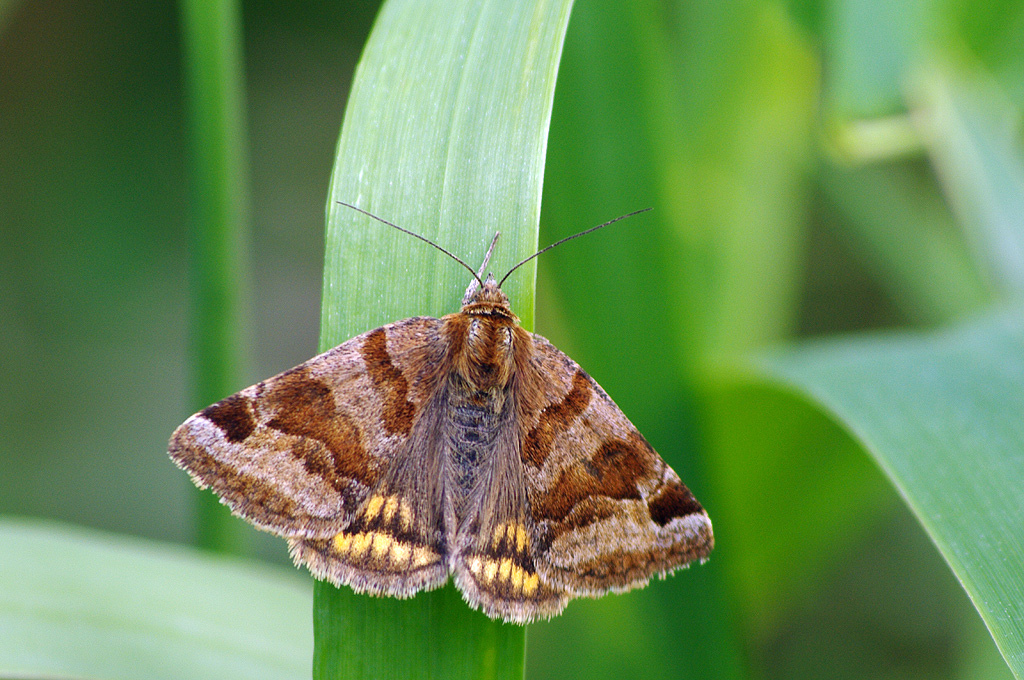
Day 4: to Tallinn and…
Having had a good night’s sleep after the nocturnal catching, we will make our way back to Tallinn, where you will be able to head to the airport or port, depending on your choice of transport back home. Our weekend butterfly- watch ends here.
